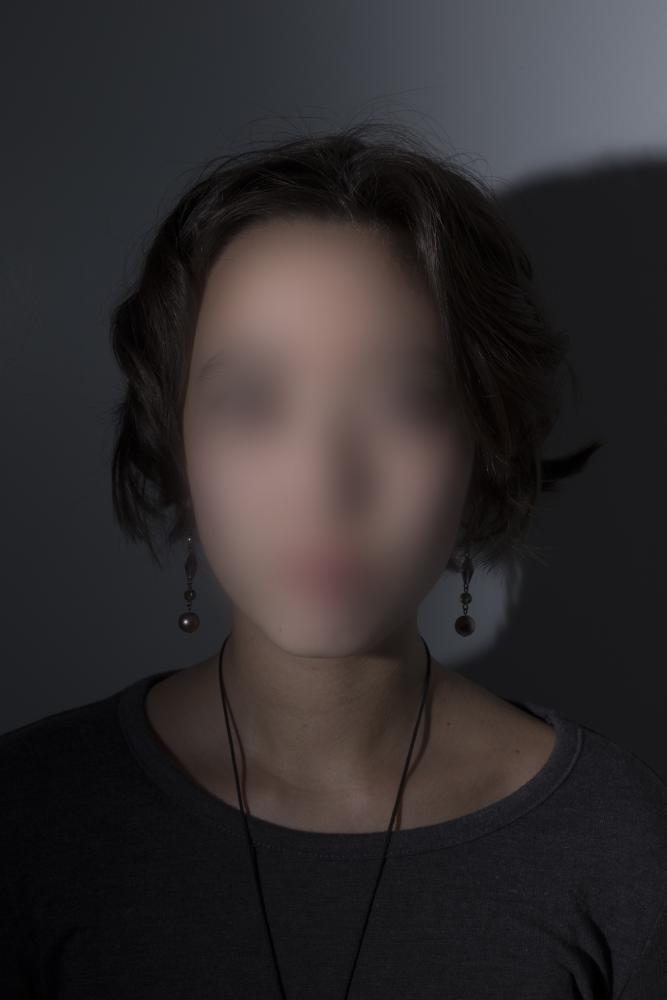Imagine if the next time you saw your best friend, you didn’t recognize them. How would you react if you couldn’t tell your siblings apart, or if that really nice guy or girl you met in chemistry looked like a stranger to you the next time you saw them? For people with prosopagnosia, that’s everyday life.
One RIT student with prosopagnosia, who has asked to remain anonymous' said “I’ve always known [prosopagnosia] was a problem, I didn’t know they had a name for it.”
This student has developmental prosopagnosia, meaning that he has been face-blind his entire life. He was willing to share
Of course, the effect on his everyday life extends beyond that. Because he cannot distinguish people by their faces, he has a hard time learning people’s names. He told me that he is still learning the names of the people who live on his floor, and that he does not know his more distant aunts and uncles. Since he cannot recognize people based on their faces, he relies on compensatory mechanisms to pick out friends and family. He commonly uses a person’s hairstyle, clothing or voice to recognize them. For example, he once sat by a friend of his for 15 minutes without recognizing them because he was used to recognizing them by their hair, and his friend had recently gotten a haircut.
Context also helps him to recognize friends. He told me about an instance when one of his friends came up and said hello, and he didn’t recognize the friend. He always recognized this particular friend because they sat next to him in one of his classes. When they were out of that context, he had nothing to associate his friend with to recognize them. In fact, when he was a kid, he would memorize what his friends were wearing so he could tell them apart for the rest of the day.
Additionally, as a child, he had to be taught to look people in the eye. Because he “would have no reason to look at their face,” he would normally look at a wall or piece of furniture when he talked to someone. He says that to this day he still has to consciously make eye contact with people. In addition to difficulties looking people in the eye, he also has trouble recognizing some social cues. If someone is, say, angry or upset, he may not be able to pick up on it unless it is evident in their voice, as he has difficulty recognizing some facial expressions.
When asked if he could tell different faces apart when they are placed side-by-side, he said that he would have to look at each individual feature and compare them. However, if they had similar features, he would not be able to see a difference. “So, let’s say they had the same nose, but one nose was slightly lower than the other. I wouldn’t be able to tell the difference between those two,” he told me.
He can also attest to how scarcely-known his disorder is. He only found out that his difficulty remembering faces was due to something that was actually diagnosable about two years ago. He learned about it by chance through an online article with an image designed to test for prosopagnosia. He said he believes that he has met others with face blindness, though he has never directly talked about it with anyone who has it. He believes that they are unaware that they have an identifiable disorder, much like he was just two years ago.
If it holds true that about two percent of people have prosopagnosia, approximately 360 students at RIT may be face-blind. If you know someone who never seems acknowledges you when you pass by, don’t be so quick to assume they’re just some jerk; they may not be able to help it.
If you would like to learn more about prosopagnosia, you can visit The Centre for Face Processing Disorders’ website at prosopagnosiaresearch.org or the webpage of the Prosopagnosia Research Centers at Dartmouth College, Harvard University and University College London at faceblind.org.








